The smell of a freshly mowed lawn is as intrinsic a part of summer as the smell of barbecue. Unfortunately, you can’t get that perfectly lush, green lawn simply by planting some grass and hoping for the best. A great lawn needs some care but it’s also easier to achieve than you might think. If you want to know how to grow the best lawn on the block, these tips will help you.
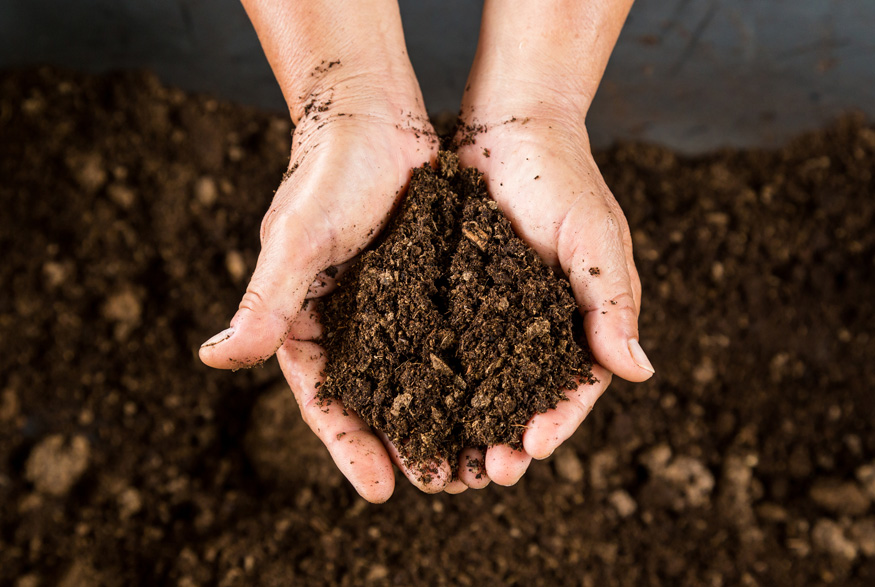
Prepare the Soil
If you’re starting a new lawn, you need to prepare the soil before planting. Loosen the soil and clear it of any rocks, garbage, branches and other debris. Adjust the grade if necessary so that the lawn will drain properly. Your layer of topsoil should be 10 to 20 cm thick.

Measure and Adjust the Soil pH
Get a DIY soil test kit or meter from your gardening centre and test the soil’s pH. If the pH is low, the soil is acidic and says you can correct this by adding lime. The higher the pH, the more alkaline the soil is. Putting organic matter such as peat moss in the lawn will help lower the pH.
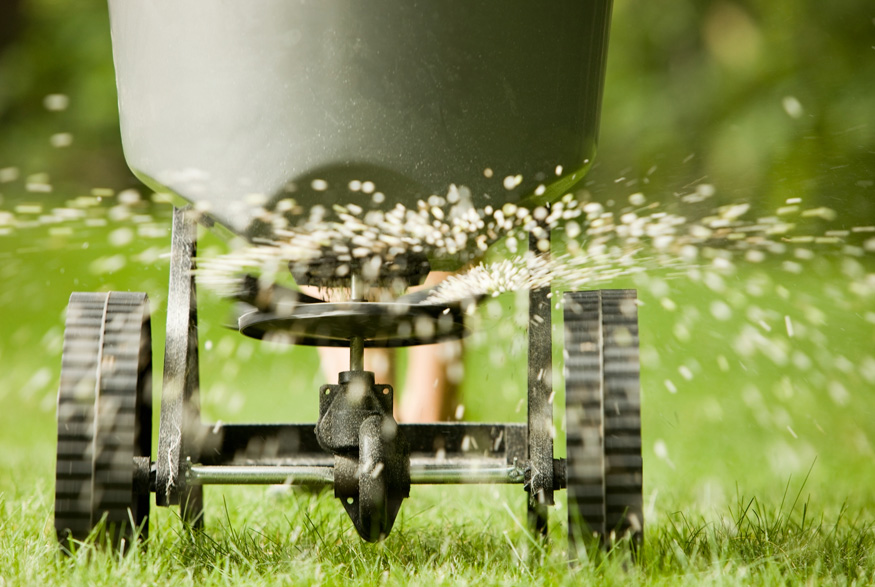
Add Fertilizer
Before you plant your lawn, add some fertilizer to the soil to stimulate root growth. The best fertilizer for grass contains phosphorus, potassium and nitrogen in balanced amounts. Sources like fish bone meal, pig or chicken manure and bat guano make for the best fertilizer.

Add Weed Killer
Adding weed killer to the soil before planting will prevent weeds from sprouting. A great natural weed killer is corn gluten meal, which also acts as a fertilizer.
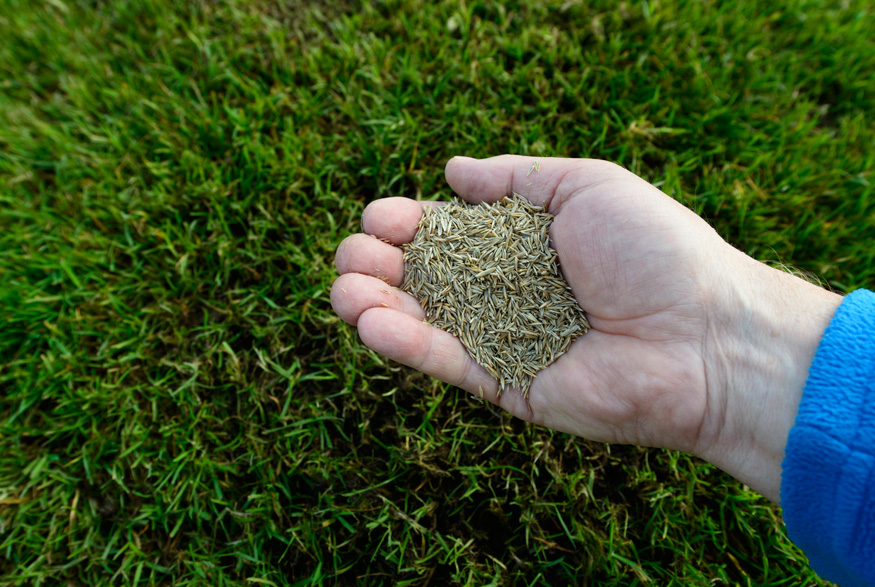
Pick Your Grass Wisely
Not all types of grass do well in the Canadian climate. Kentucky bluegrass needs more sun and isn’t especially tolerant of drought, while fine fescues tolerate shady conditions better. Use a mixture of grasses, since they will tolerate different growing conditions and will also be more resistant to pests and diseases.
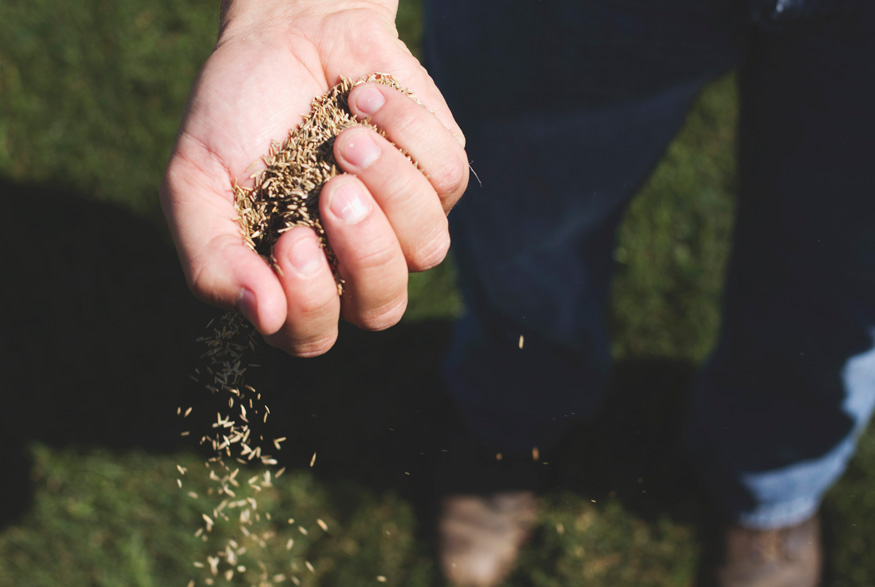
Spread the Seed
If you decide to start your lawn from seed, simply spread it onto the soil and lightly rake it in. Then water the soil lightly and often. Mid-August to early September is the best time to seed, since you’ll have fewer problems with weed in fall.

Sod it for a Quick Lawn
If you don’t have the time and patience to grow a lawn from seed, you can get an instant lawn by using sod instead. It’s more expensive, though, and doesn’t come in as many varieties as seed. A roller will help with sod installation and if you need to add sod to a large area, get the pros to do it.
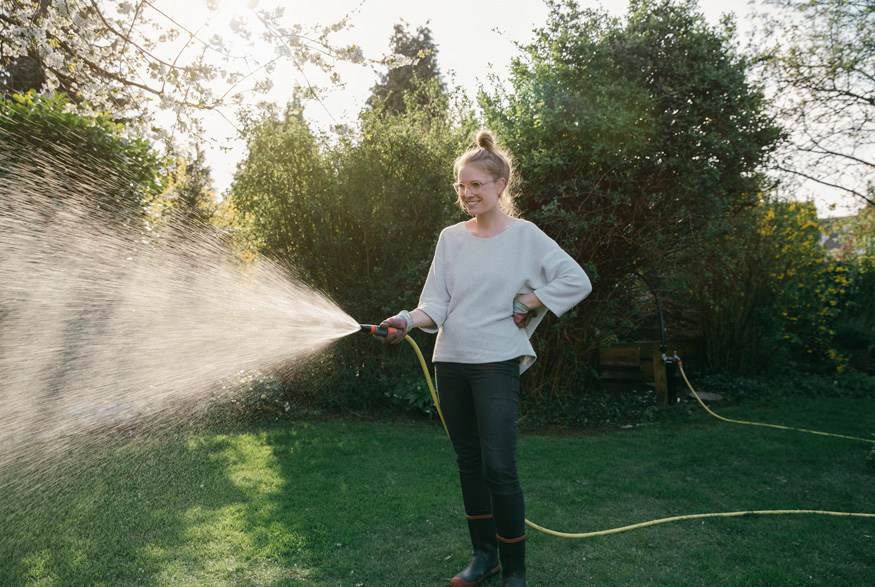
Water Wisely
One of the most important parts of lawn care is regular watering, especially in the beginning as your lawn is being established. Water early in the morning, so that the sun will dry excess water and reduce the risk of diseases. It’s better to water less at a time but more frequently than flooding your lawn once in a while.

Get Rid of Weeds
Weeds will compete with the grass in your lawn for water and nutrients, so you need to get rid of them. If you have only a few weeds, you can pull them out by hand. You can also apply a homemade weed killer with a vinegar base.
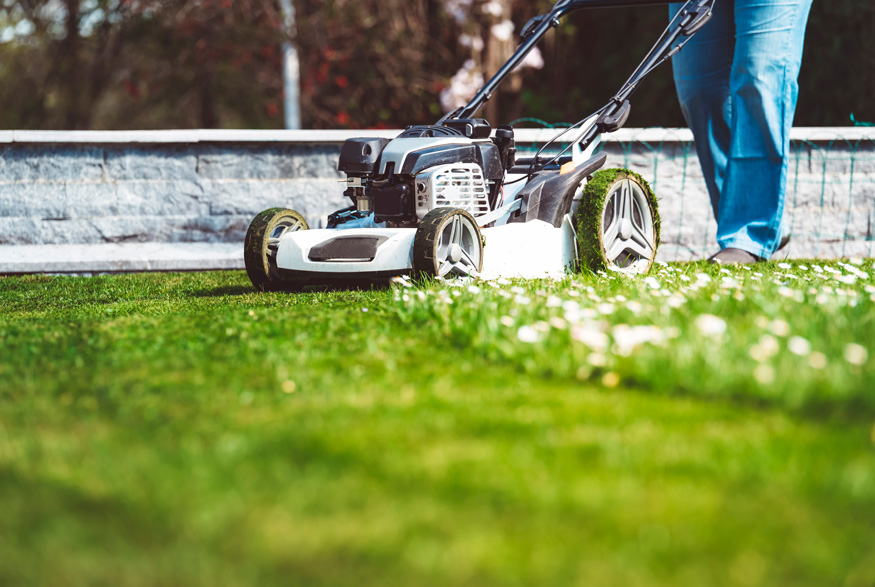
Mow High
Mowing your lawn regularly is another important part of lawn maintenance. Adjust the mower blade so that you only remove about a third of the length of the grass, since cutting it too short will leave you with a weak lawn. Mowing every 4 to 5 days in spring and once a week in summer should be often enough.

Keep Your Blades Sharp
It’s important to sharpen your mower blades regularly, after every four to six uses. A sharp blade leaves clean cuts and the grass will heal more quickly. A dull blade tears the grass and makes it more susceptible to disease.
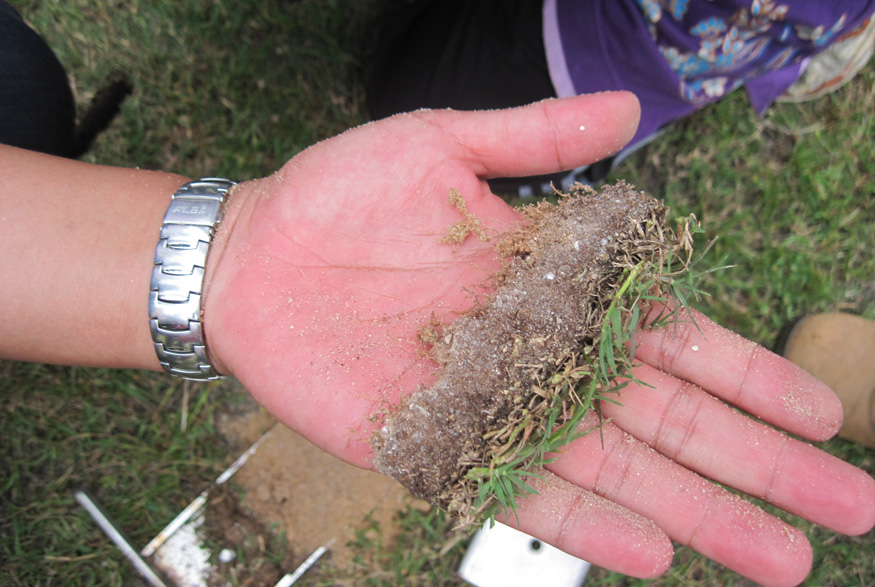
Rake it
When thatch – the thick layer of dead grass and roots above the soil surface – becomes too thick, it can prevent moisture, nutrients and air from reaching the grassroots and can also harbour pests and diseases.Thatch should be no more than 1 cm thick. You can remove thatch with a heavy rake, which will also get rid of dead leaves and other debris.

Aerate Your Lawn
When soil becomes too compacted, water, air and nutrients can’t get to the roots and the grass won’t grow well. To solve this problem, you need to aerate your lawn. You can use mechanical aerators but you can also make holes with shoes that have long spikes.
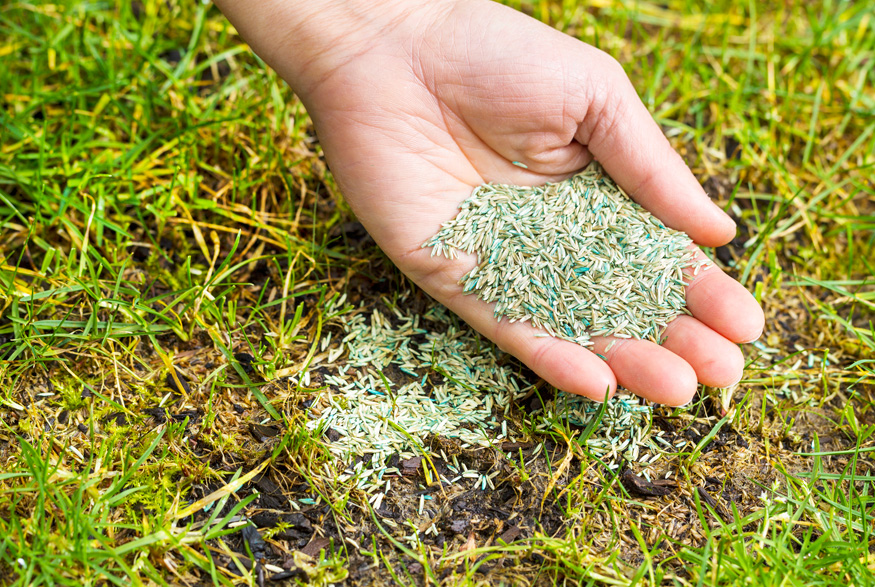
Overseed
Overseeding a lawn involves spreading new seeds onto it to fill in bare patches. The best time to do this, is in late summer or early fall. How to overseed a lawn is easy: simply add top dressing, spread the seeds and rake them in.
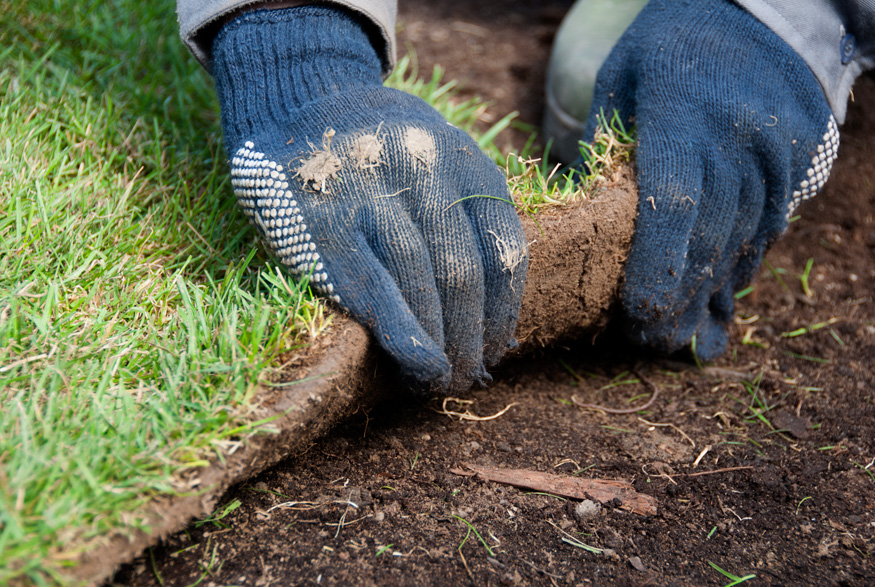
Replace the Sod
Another way to keep your lawn dense is to replace damaged or dead sod with new sod. Cut out the old sod to about 2 cm deep, rake the soil, add fertilizer and then lay down the new piece of sod. Step on it to put it firmly in place and water regularly until it is established.

Fertilize it Again
Your lawn needs regular fertilizer so that the grass gets all the nutrients it needs. When to fertilize your lawn depends on the climate in your area but it’s usually best done in spring, when the soil warms up but isn’t too hot yet. You can cover the lawn with a layer of compost but if you don’t have the time for intensive spring lawn care, apply compost tea or granules.
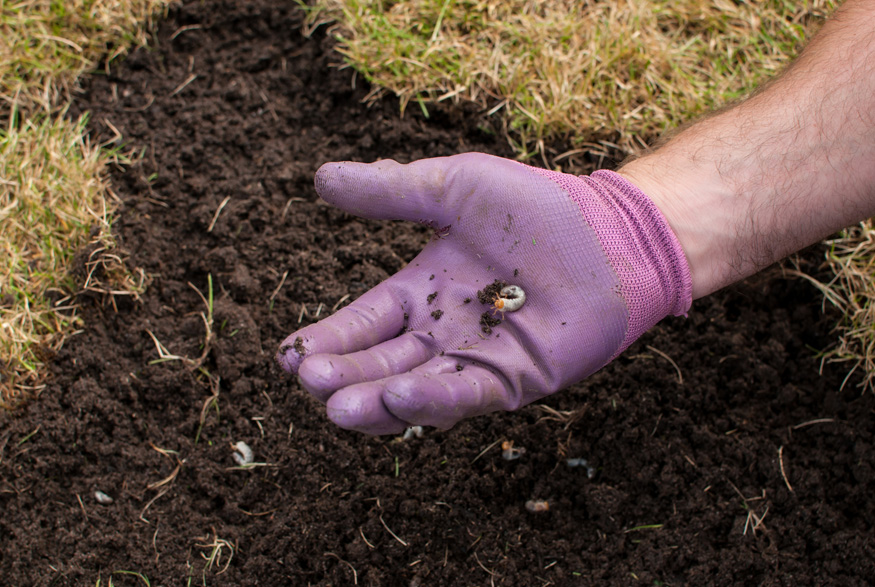
Fight Insect Pests
Hot and dry lawns, too much thatch and grass that is too short are the perfect conditions for insect pests to thrive. Inspect your lawn regularly for signs of pest infestations and deal with these before they get out of hand. However, some insects are beneficial and can actually help fight pests, so know what to look for.

Prevent Diseases
Lawns can get diseases like powdery mildew, ring spot, leaf spot and rust. Good lawn maintenance will help prevent diseases, so be sure to mow and water regularly and correctly, use a fertilizer with enough potassium but not too much nitrogen and remove thatch.
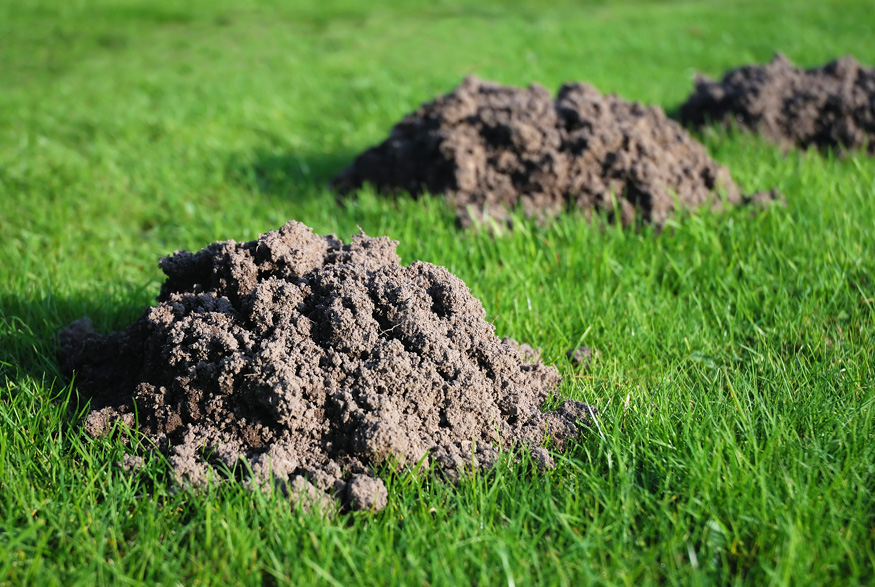
Control Animal Pests
It can be very discouraging to have the perfect lawn only for some animal to come and dig it up. If you control insects like white grubs, you take away the food sources for animals like raccoons and skunks and they’ll leave your lawn alone. For moles and voles, try placing traps or using natural predators like cats, dogs, owls or non-venomous snakes.

Yard Train Your Pets
Your pets will love a green, lush lawn too but if they use it as their personal toilet, they’ll ruin it. Create a special toilet area for them, keep the area clean so they’ll be more inclined to use it and train them to use this area instead of your lawn.
HGTV your inbox.
By clicking "SIGN UP” you agree to receive emails from HGTV and accept Corus' Terms of Use and Corus' Privacy Policy.





